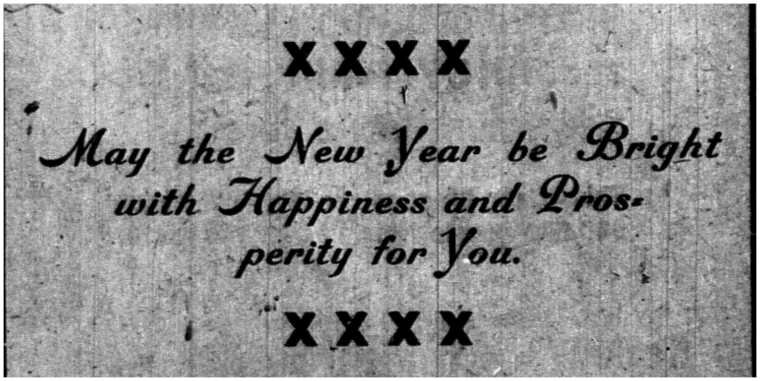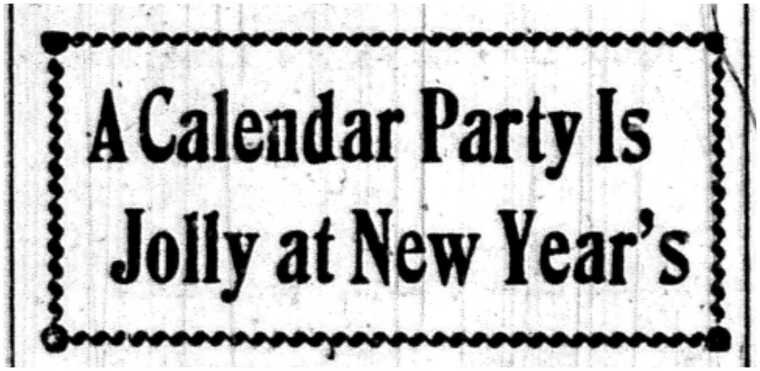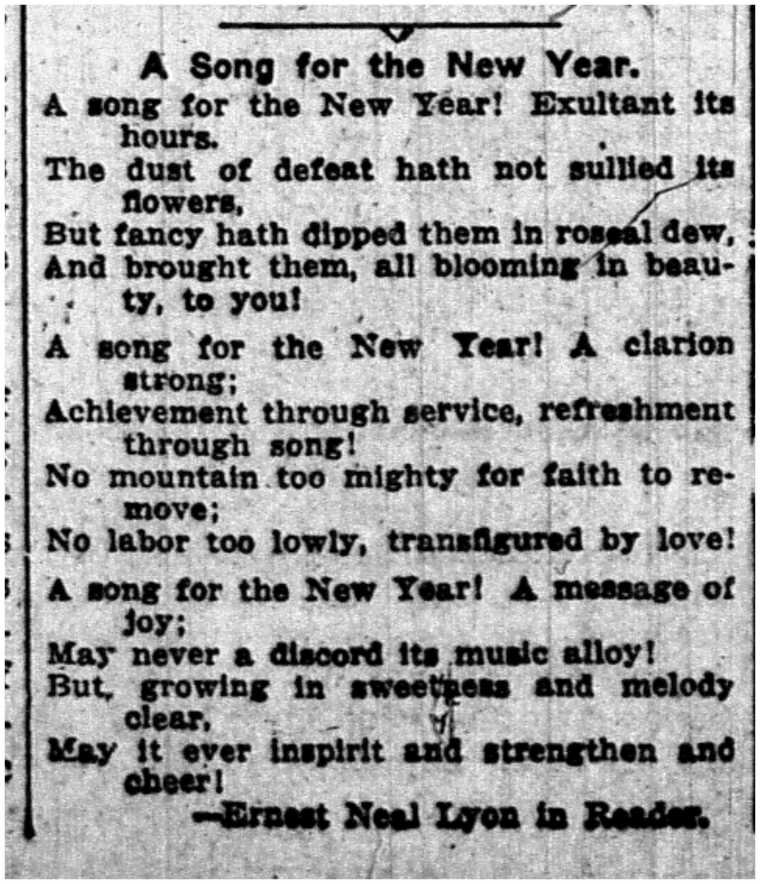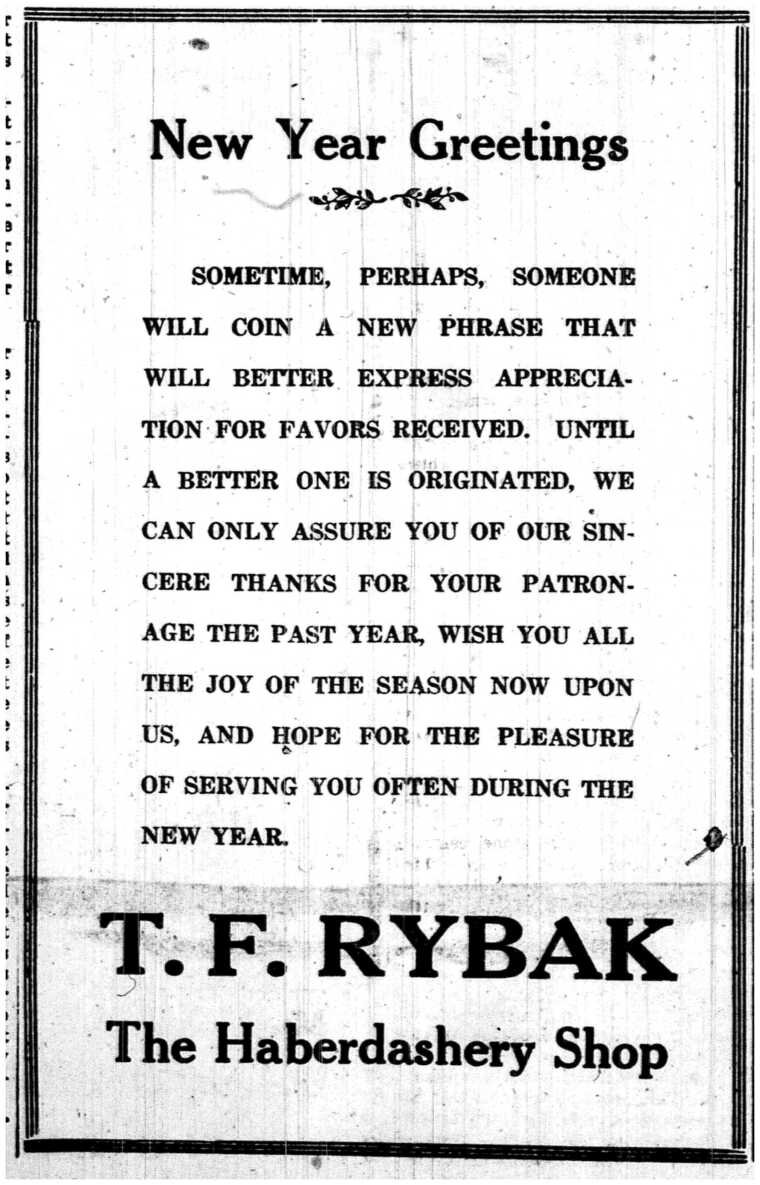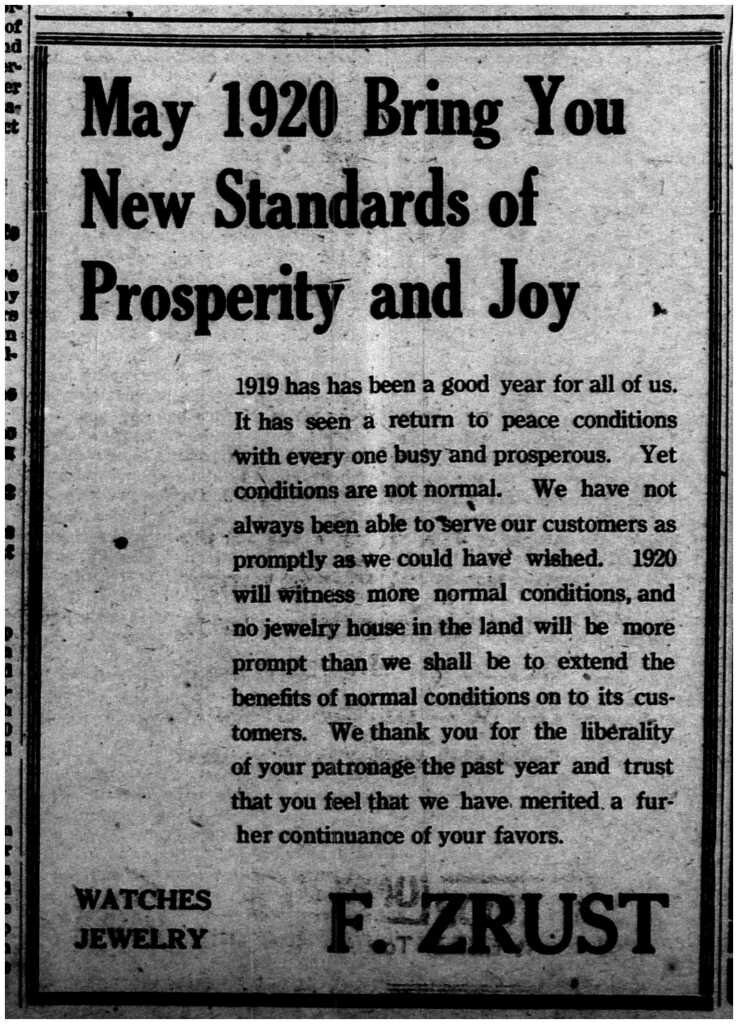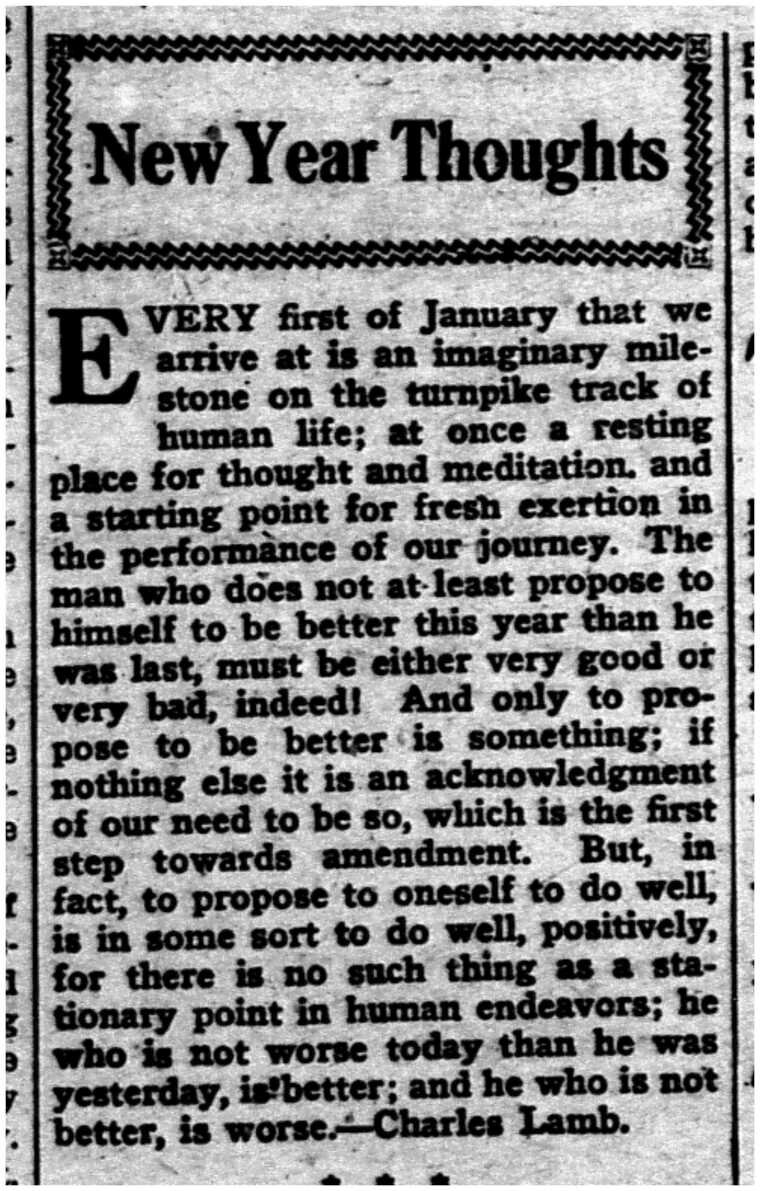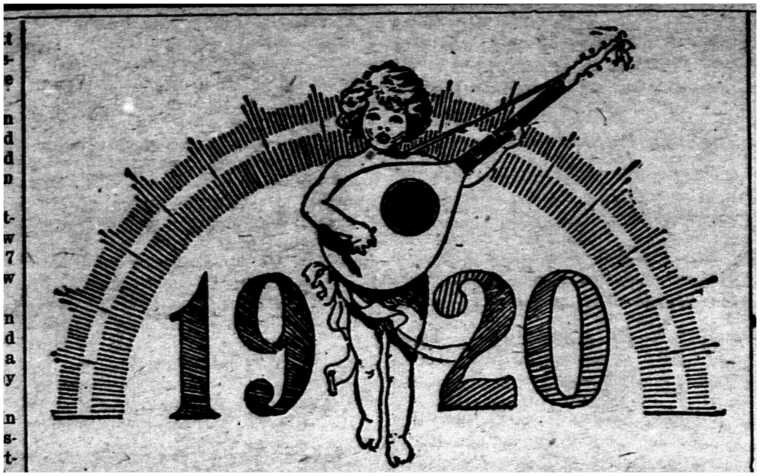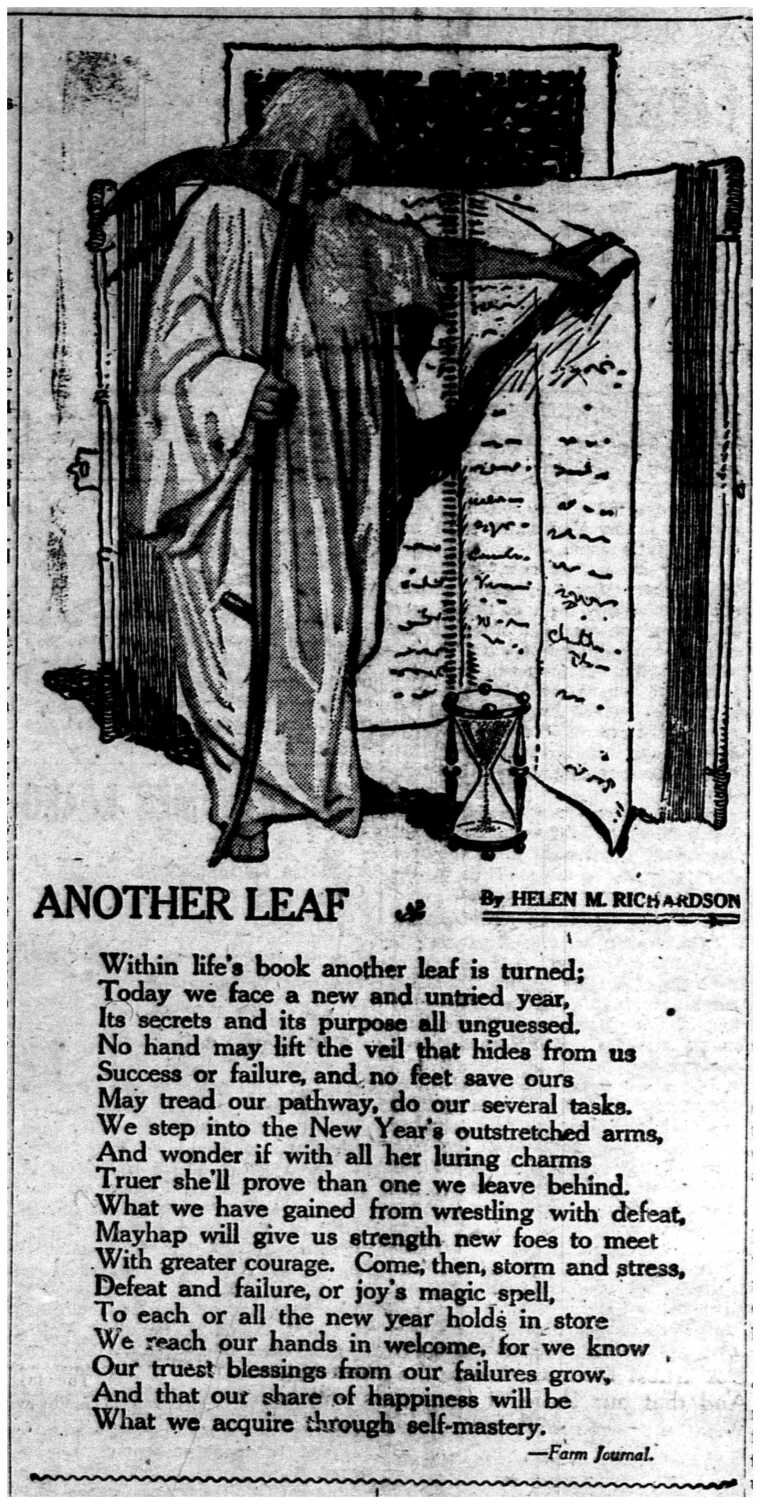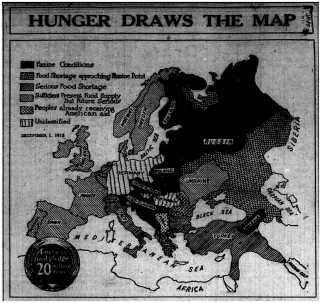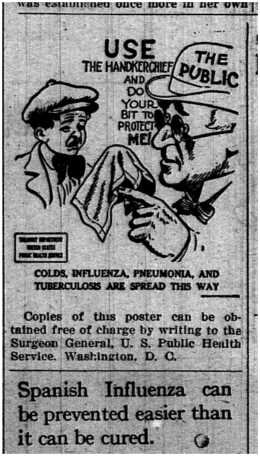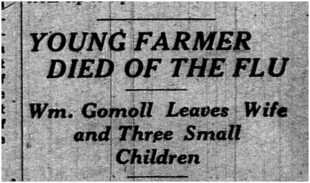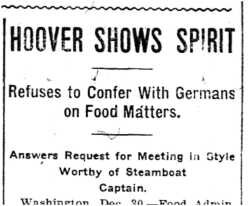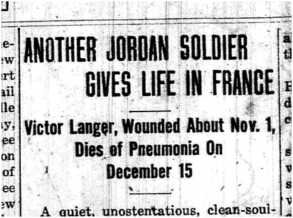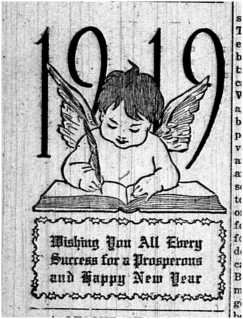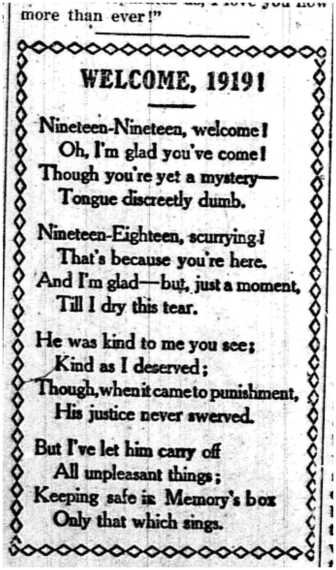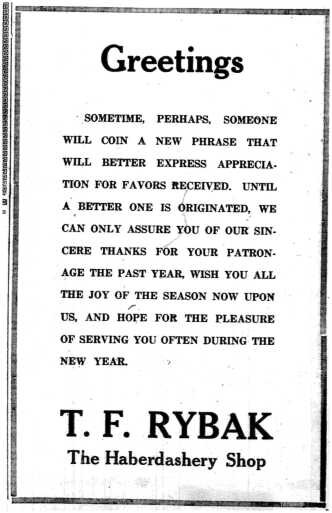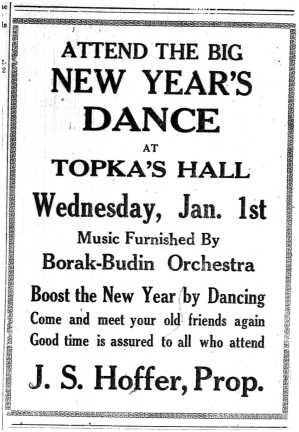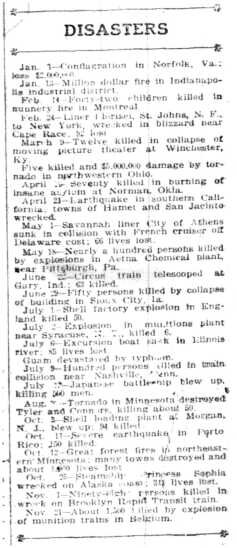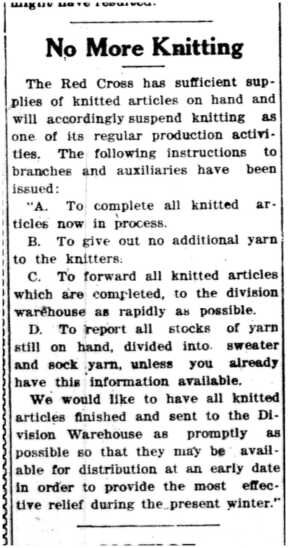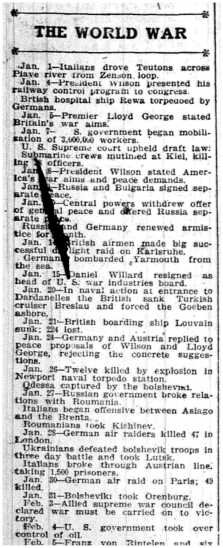Happy St. Patrick’s Day from the Scott County Historical Society! Today we had the pleasure of visiting ProAct-New Options in Shakopee to share a little Scott County Irish history and help them celebrate the holiday. We would also like to celebrate with a blog post by profiling one of Scott County’s early Irish citizens.
The 1800s were a rough time for Irish farmers. Few families actually owned their land, instead owing money and crops to British landlords. In the case that a family did own their plot, a law of subdivision was in place requiring that all land was required to be divided equally between living sons at the time of a parent’s death. This led to increasingly small plots, often insufficient for a family to earn a living. Many Irish farmers eked out their lives in abject poverty.
The response to these conditions was potatoes. Potatoes packed a lot of calories into a small package, required minimal upkeep, could be grown in small areas, and could be stored throughout the winter. Growing potatoes allowed a family with limited time and resources a hearty food source. By 1840, roughly half the population of Ireland lived almost entirely on potatoes.
Unfortunately, this extensive cultivation of a single crop left Ireland’s potatoes vulnerable to Phytophthora infestans, commonly known as “blight”. In 1844, Irish newspapers began mentioning concern due to a disease that had attacked potatoes in the United States and elsewhere in Europe. By 1846, three-quarters of the potato harvest was lost to blight. Ireland’s level of dependence on the potato was such that by 1849, the potato blight left over 1 million people dead from starvation, or related illnesses.
The response of the English government to the famine was lackluster, and many Irish began looking for a way out. Thus began a period of mass migration from Ireland to the United States. It is estimated that between 1820 and 1930 around 4.5 million Irish arrived in America.
Jeremiah Hayes
One of these Irish immigrants was Jeremiah Hayes. He was born around 1830 on a farm on the outskirts of the village of Milltown, in County Kerry Ireland, 30 years after Ireland officially became a British state. In January. He recalled his childhood in Ireland in an article published by the Belle Plaine Herald on January 14th, 1926, noting a storm that had hit his family’s farm when he was “a pretty small lad”
“I remember that wind all right. There has never been anything like it since. It would blow the hair right off your head. I can remember my father and mother propping the door, and a terrible time they had of it too. No one was killed in in our neighborhood, but a good many cows and pigs were lost, and there was a lot of property damage”
Hayes also recalled living through the potato famine
“The potato crop had been good in ’45, but the next year when the crop failed and the pits containing last year’s harvest were opened, the walls of the pits caved in and it was found that dry rot had ruined them. They didn’t have any relief organizations in those days. Little aid could be obtained from England and from famine and disease people died like flies”



















